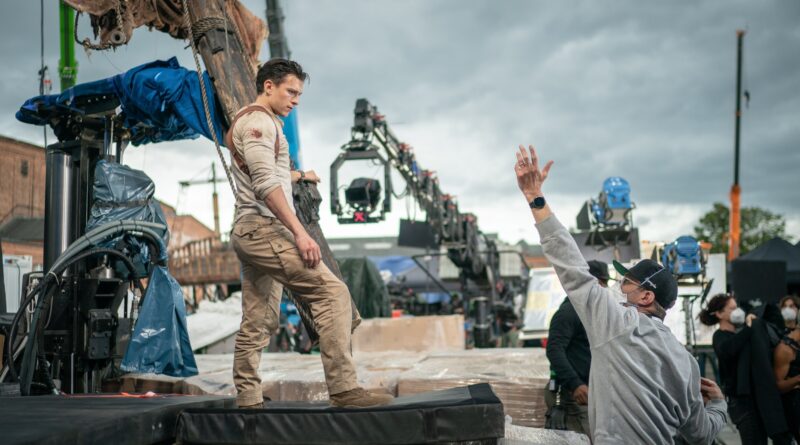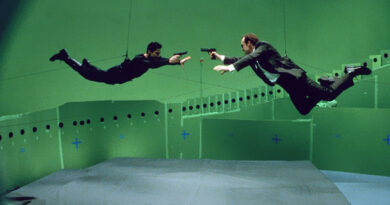Censorship and Controversy in Cinema: Examining Films That Pushed Boundaries
Introduction
Cinema has always been a powerful medium for artistic expression, social commentary, and entertainment. Throughout its history, certain films have dared to challenge societal norms and push the boundaries of what is deemed acceptable on screen. These films often find themselves in the crosshairs of censorship and controversy, as they grapple with themes, visuals, and narratives that challenge conventional standards. This article delves into the world of censorship and controversy in cinema, focusing on films that have dared to push these boundaries and the debates they have ignited.
Challenging the Status Quo
From the early days of cinema, filmmakers have sought to explore provocative and thought-provoking topics. However, these explorations have often clashed with prevailing social, cultural, and political norms, leading to debates about the appropriateness of certain content. One prime example is Stanley Kubrick’s 1971 film “A Clockwork Orange.” The film’s graphic depictions of violence and disturbing imagery led to widespread condemnation and censorship attempts in several countries. “A Clockwork Orange” raised questions about the limits of artistic freedom and the responsibilities of filmmakers in depicting contentious themes.
The Controversy of Taboos
Certain films have pushed the boundaries of what is deemed acceptable by delving into taboo subjects. Pier Paolo Pasolini’s 1975 film “Salò, or the 120 Days of Sodom” is a stark example. Adapted from the writings of the Marquis de Sade, the film explores themes of sadism, power, and degradation. Unsurprisingly, the movie was met with severe censorship and was banned in several countries for its explicit content. “Salò” brings to light the dilemma of whether filmmakers have a moral responsibility to censor themselves when delving into such controversial subjects.
Social and Political Commentary
Filmmakers have often utilized cinema as a means to comment on contemporary social and political issues. However, this intention has occasionally resulted in clashes with censors. Spike Lee’s 1989 film “Do the Right Thing” is a notable example. The film addresses racial tensions in a Brooklyn neighborhood during a hot summer day. Its portrayal of escalating conflicts and a tragic climax sparked debates about its potential to incite violence. “Do the Right Thing” showcases how films that aim to shed light on societal issues can inadvertently become lightning rods for controversy.
Art vs. Censorship
The tension between artistic expression and censorship is a recurring theme in the history of cinema. Lars von Trier’s 2009 film “Antichrist” exemplifies this tension. The film’s explicit content and disturbing visuals led to both critical acclaim and vehement criticism. While some hailed it as a work of art exploring human nature and grief, others decried it as gratuitously offensive. “Antichrist” highlights the ongoing debate about whether censorship can impede artistic integrity or serve as a necessary means of maintaining social standards.
Navigating International Differences
Censorship norms vary significantly between countries, leading to films encountering diverse reactions across borders. Kim Ki-duk’s 2003 film “The Isle” faced such challenges. The South Korean movie featured explicit scenes and violence, prompting censorship issues in various countries. While some argued that cultural differences should be respected, others contended that certain content should be universally restricted. The controversy surrounding “The Isle” underscores the complex nature of censorship as a reflection of cultural values.
Conclusion
Films that push boundaries are integral to the evolution of cinema as an art form. However, they inevitably attract censorship and controversy due to their propensity to challenge societal norms and conventions. As the examples discussed in this article illustrate, the intersection of art, censorship, and controversy raises important questions about the role of filmmakers in shaping culture, the responsibilities they bear, and the limits of creative expression.
In an increasingly interconnected world, where discussions about censorship and artistic freedom continue to evolve, it’s crucial to engage in meaningful dialogues that weigh the benefits of pushing boundaries against the potential consequences. As cinema continues to reflect the human experience in all its complexity, the tension between artistic exploration and societal norms will persist, ensuring that the debates surrounding censorship and controversy remain relevant for years to come.



